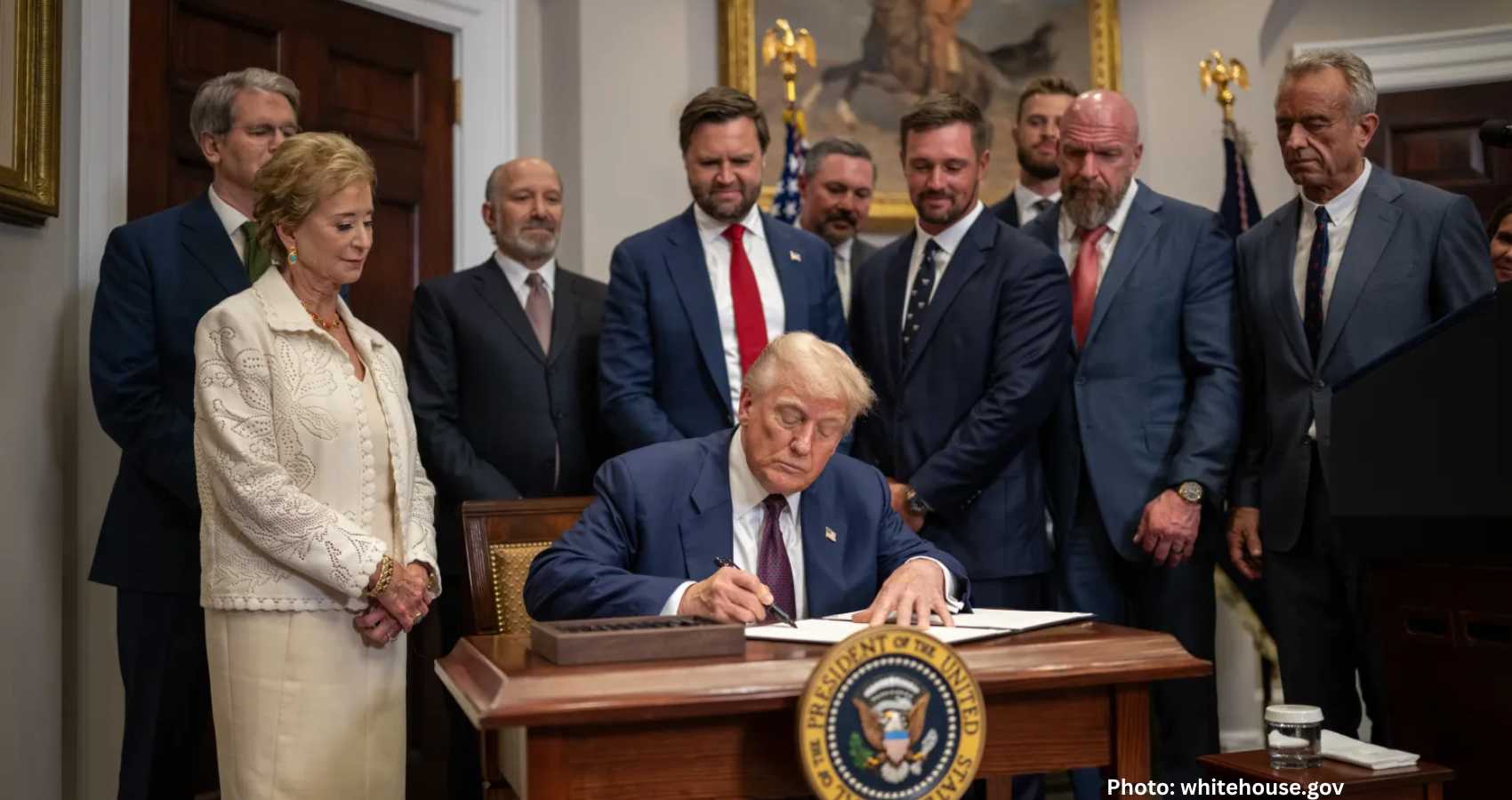President Donald Trump’s revival of the Presidential Fitness Test has been met with enthusiasm from health experts and school leaders, although many advocate for updates that emphasize lifestyle sustainability over competition.
Health and education advocates are eager to see how President Donald Trump’s reinstatement of the Presidential Fitness Test will unfold, calling for comprehensive updates to a program that debuted nearly 60 years ago. The test, previously retired in 2012, is noted for its historical focus on physical competition rather than lifelong health habits.
The initiative coincides with Trump’s increased focus on sports during his second term, underpinned by the “Make America Healthy Again” campaign led by the Department of Health and Human Services. Professional athletes appointed to the President’s Council on Sports, Fitness, and Nutrition are expected to guide the revisions, ensuring the test meets updated health standards.
Kayce Solari Williams, a past president of the American School Health Association and current Purdue University professor, emphasized the need to redefine the old standards. She hopes the council will incorporate “overall health and performance,” aligning with new understandings of physical care, prevention, and flexibility.
The original test included a 1-mile run, pullups or pushups, situps, a shuttle run, and the sit-and-reach. It was initially designed to benchmark American students against their European counterparts in physical fitness. During the Obama administration, the program was scrapped due to concerns that it encouraged competition rather than promoting healthy lifestyles.
Laura Richardson, a kinesiology professor at the University of Michigan, expressed optimism about the potential curriculum enhancements that could accompany the test’s return. She advocated for assessments that provide actionable baseline data to nurture individual fitness improvements.
The former iteration of the test was obligatory for middle and high-schoolers, with only those aged 10 to 17 eligible for the prestigious presidential award. School administrators look forward to its revival in hopes of combating sedentary lifestyles, particularly those fueled by technology use among students.
Tori Snitker, principal at Rolla Junior High School in Missouri, affirmed her district’s commitment to expanding physical activity opportunities for all students, including those with disabilities. She pointed out the pressing need to counteract the sedentary habits reinforced by technological distractions.
Other educators, like Pierre Orbe, principal of DeWitt Clinton High School in New York, advocate for fitness standards that might align with military service requirements. He contends this could help prepare young Americans for various national responsibilities and inspire them to meet higher physical fitness standards.
Steven Kelder, an epidemiologist and co-director of the Coordinated Approach to Child Health at the University of Texas, Houston, underscores that a single test alone will not suffice. He champions a blend of programs that cater to diverse student needs, not just athletic prowess, particularly in light of data from the Centers for Disease Control and Prevention, which indicates that one in five U.S. children is affected by obesity as of 2024.
While schools and states balance concerns over students’ mental health with rising technology use, recent budget cuts highlight federal resource constraints. The Trump administration slashed $1 billion from school mental health programs amidst debates over diversity, equity, and inclusion funding.
Education leaders call for federal support to back the initiatives introduced by the presidential council and to potentially develop incentives for student participation in the revamped fitness programs. Dennis Willingham, superintendent at the Walker County Board of Education in Alabama, emphasized the need for national resources to motivate and reward students, making the initiative impactful across the country.
According to The Hill, many stakeholders hope that a revised structure of fitness activities and a supportive infrastructure will spark a nationwide shift towards healthier, more active lifestyles among young Americans, ensuring the program’s impact reaches well beyond competition.

